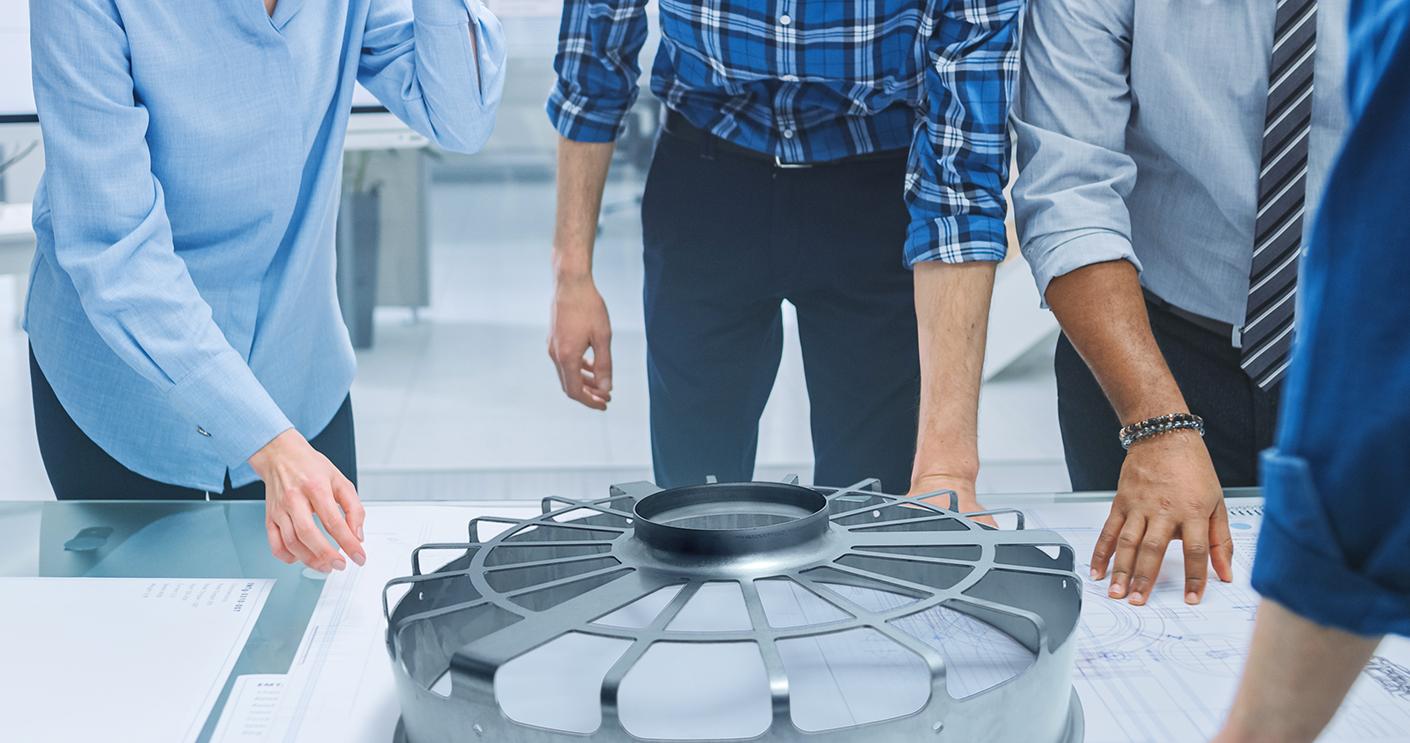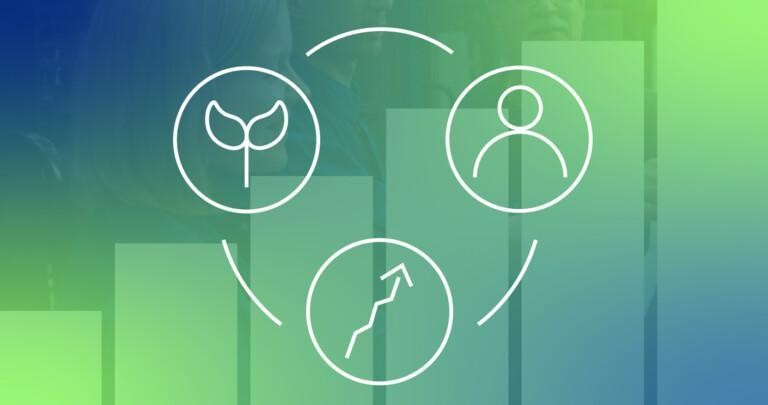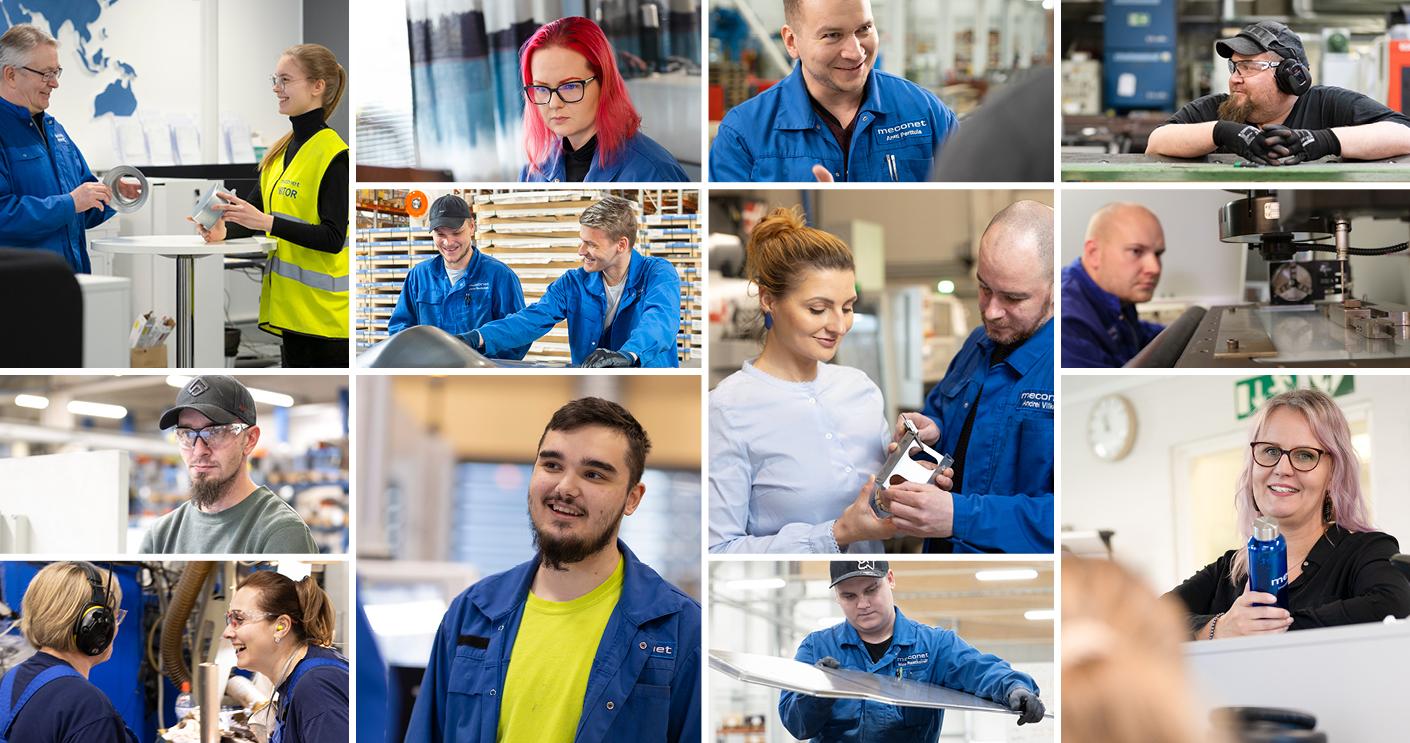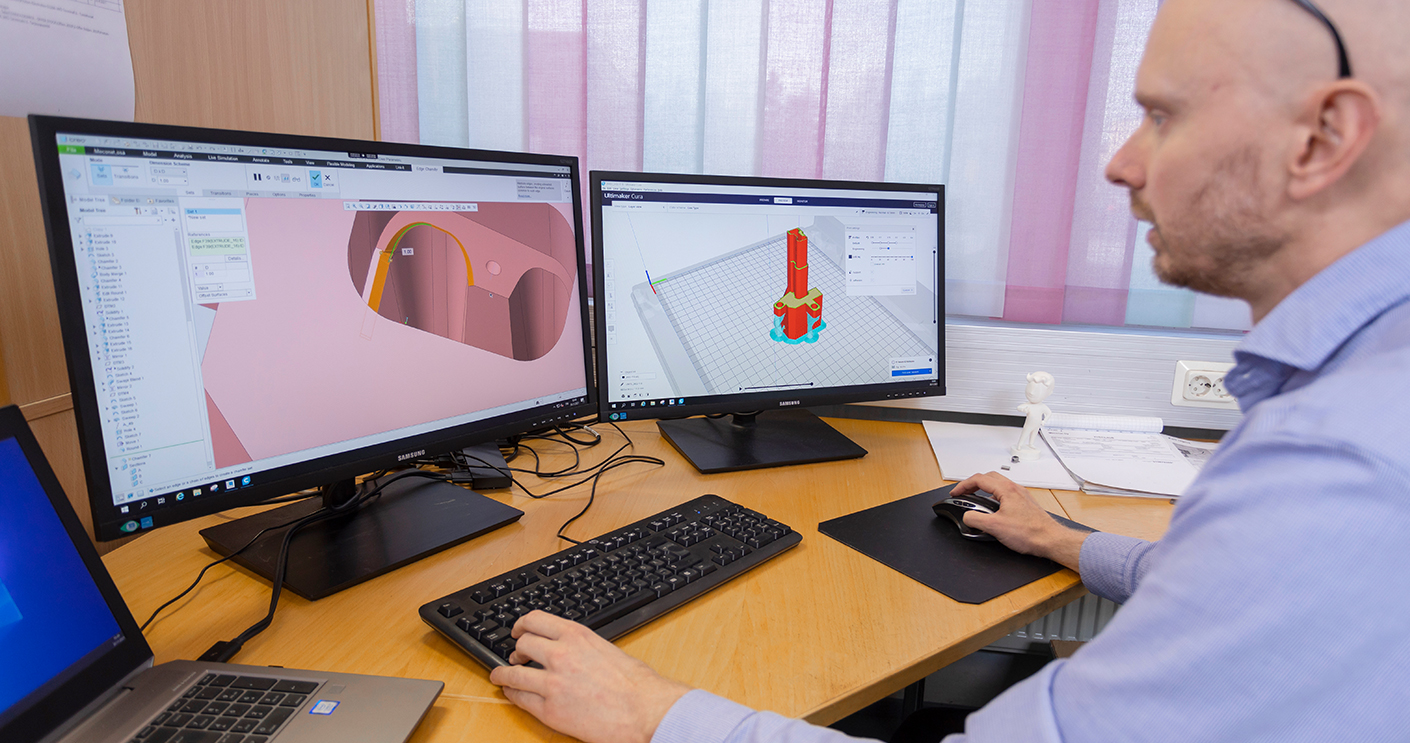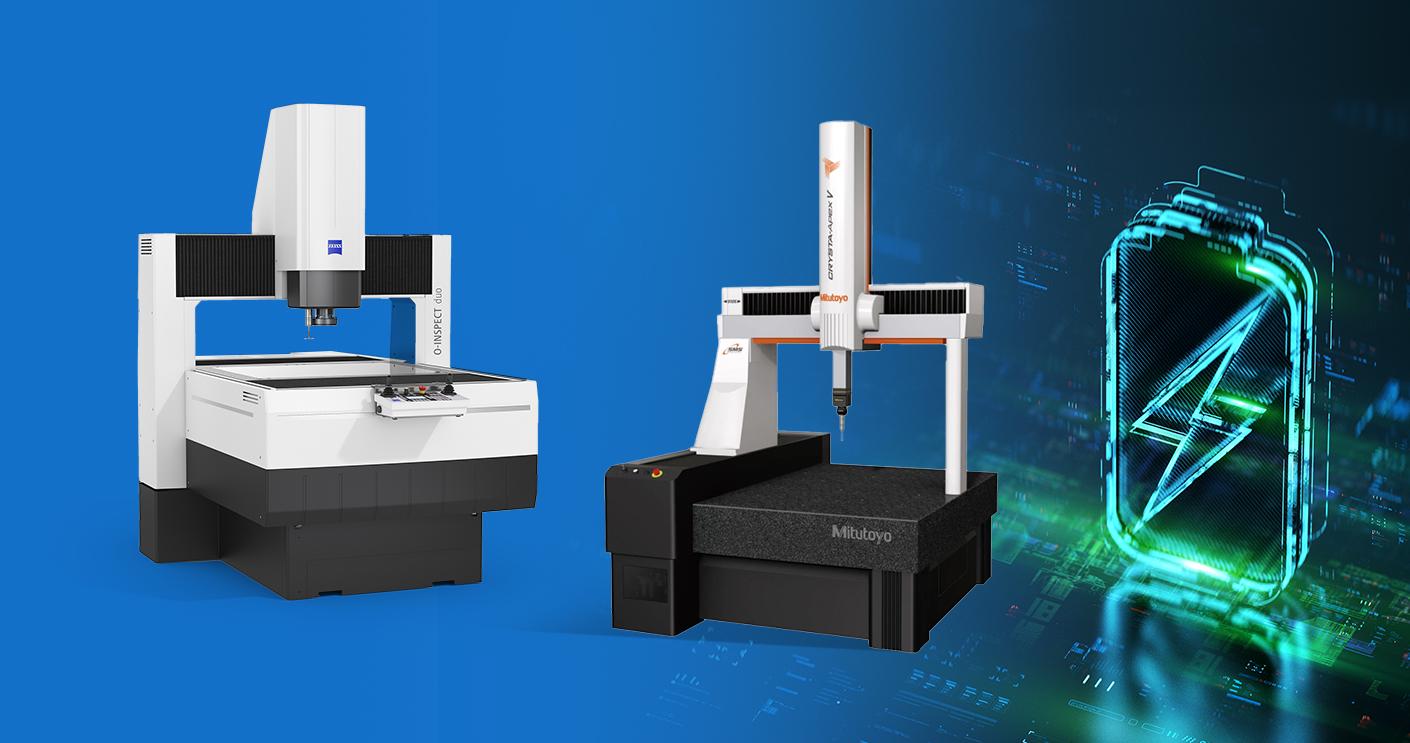Co-operation with our customers plays a key role in design, production, assembly, and logistics alike. However, the co-operation between Meconet’s different teams is also reflected for the customers in smoother, more efficient and more economical processes. In this blog post, through the example of four different experts working at our Vantaa plant, we will show how close internal co-operation in different stages of production and from different perspectives guarantees significant benefits for our customers.
Technical solution and design cooperation – Juha Martikainen
The role of the design team is emphasized especially at the beginning of a project, when the product is being developed and optimised for production. This requires close co-operation with the customer’s technical team in order for us to understand the product’s intended use and requirements. This way, we can offer technical improvements and cost savings beneficial for the customer.
“When the project reaches the prototype phase, Jari Peura’s team from prototyping and Jukka Pajunen’s team from quality management join in to check whether the original ideas and models are feasible. Henriikka as the project manager steps in once the deal is concluded and project management begins. Her task is to lead the project to the point where serial production can start smoothly,” says Juha.
Prototypes and small series – Jari Peura
Jari Peura and the prototype team are in charge of prototyping and small series production. In general, the time frame for prototyping is 1-4 weeks. The product’s design is usually developed in the initial stage of prototyping. The prototype team and the production manager brainstorm to work out how to transform the customer’s idea into a feasible product. At the prototype plant, small series can also be made for production, until the time is ripe for leaping into the world of series production.
“We work closely with both the design team and project management to make sure the prototypes and small series meet the technical and schedule requirements.”
Henriikka Huuskonen – project management
Henriikka Huuskonen makes sure the projects run smoothly and on schedule. Henriikka co-ordinates the tasks closely with the teams of Juha Martikainen, Jari Peura, and Jukka Pajunen to ensure that all project stages proceed as planned and that the customer is being kept posted.
“Above all, project management is about managing people and common tasks, as well as change management. Clear communication and close co-operation both in-house and with the customer guarantee that all parties know their duties and schedules, which brings certainty and clarity to the project.”
Jukka Pajunen – quality management
Quality assurance is involved from the beginning. Jukka Pajunen takes care of quality assurance during all project stages. Jukka co-operates with both the design and project management teams, ensuring that quality aspects are considered from the beginning and that the production meets the customer’s requirements.
“When the customer accepts our offer, we start planning of the project and the quality process. Depending on the customer’s requirements, we prepare, for example, the PPAP (Production Part Approval Process) documentation and make sure all measurements and quality control measures are planned and implemented properly.”
Continuous development towards better results
At Meconet, we constantly strive to improve our project management methods and learn from each project. At the final project meetings, we review our successes and development targets so as to be able to offer our customers even better services and solutions. We succeed together with our customers.
As you can see, co-operation is key from start to finish, both in-house and with the customer.

Blog
The many levels of sustainability work – and a common objective
Our business strategy is based on sustainable development. As regards our operations, the goal is to halve the carbon footprint by the end of 2025 and achieve carbon neutrality by 2030 at the latest. On this path, we are on schedule, annually reducing emissions by approximately 10 per cent.
Read more
